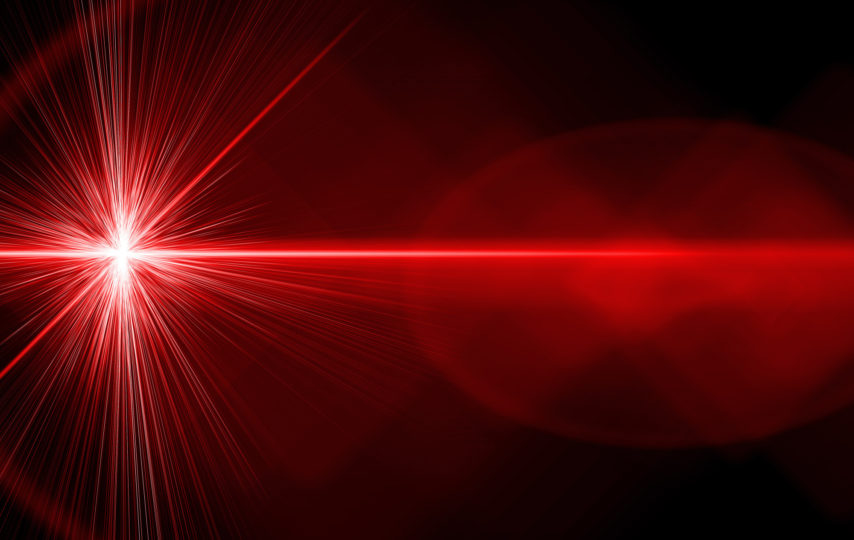Are you looking to improve your laser marking skills? Laser marking is getting more and more popular these days as its market is expected to reach $3 billion by 2024, a 6% growth compared to 2018.
Laser engraving is great for etching patterns and intricate designs very efficiently. Each material you can work with has unique qualities.
However, if you’re not familiar with their characteristics, you’re going to struggle to get the best results. By getting to know your materials better, you can start significantly upping the quality of your work.
Check out these 6 laser marking tips for next-level engravings.
1. Resolution
When you want to get better at high-contrast labeling, the resolution is an essential factor to consider. You can adjust your DPI, or dot per inch, depending on what you want to favor: productivity or precision.
The higher the DPI is, the clearer the result. You will get a highly detailed engraving. However, it will also take longer.
On the other hand, if you want to increase your productivity, you might choose to slightly lower your resolution. It will save you time, and you may still get a quality engraving.
You can offset a lower resolution by using various dithering patterns. What’s a dithering pattern? It’s a way to hide lower resolution by randomizing the visual dot patterns you see with lower DPI.
Are you looking for a laser? Check out this UV laser for top-notch high-contrast marking.
2. Types of Wood for Laser Cutting
Wood might be the most popular material for laser engraving, and there are different types you can use depending on your intended result. Light-colored woods such as maple are ideal for high-contrast engraving.
Denser types of wood will require more laser power to cut through. Become familiar with the characteristics of the particular type of wood you’re using before working with it. Laser cutting machine is also the best machine in the market that help to cut woods metals etc.
3. High-Contrast Marking With Wood
When engraving wood, the most important factors to consider are contrast and depth. As you increase the power levels, depth and contrast are also emphasized.
Wood requires a fair amount of laser power to mark, which is why you’ll usually need to use 100% laser power for most woods.
4. Best Results With Wood
Use different wattages depending on the thickness of the wood. For example, a 25-watt laser engraver will cut through a quarter-inch of wood, but for a half-inch, you’ll need a 100-watt laser.
Additionally, a vector grid is useful to raise the wood from the table. It’ll decrease the amount of backside burning in the final result.
5. Tips for Laser Engraving Acrylic
Acrylic is inexpensive, easy to cut, and comes in a variety of shapes and sizes. You can either cast or extend it.
Engraving acrylic on the backside will give you a look-through effect from the front. You can remove the back protective cover for a sharper result, however, you should leave the top layer on.
When working with acrylic, use high speeds with low power, otherwise, your acrylic might get distorted.
6. Tips for Engraving Plastic
Before engraving the plastic, remove the clear protective cover. You can play with the speed, power, and focus lens to see what gives you the desired effect.
By enlarging the focus beam, you can have more beam overlap on each side of the laser. With a bigger overlap, you’ll have a smoother engraved surface.
The Best Laser Marking Tips
These laser marking tips help you get more familiar with different materials. When marking wood, adapt to the density of the material as well as the contrast and depth you want to achieve.
For acrylic, engraving the backside will give you a great see-through effect, while you should enlarge the focus beam when working with plastic.
Check out our Tips Tricks articles for more useful content.













